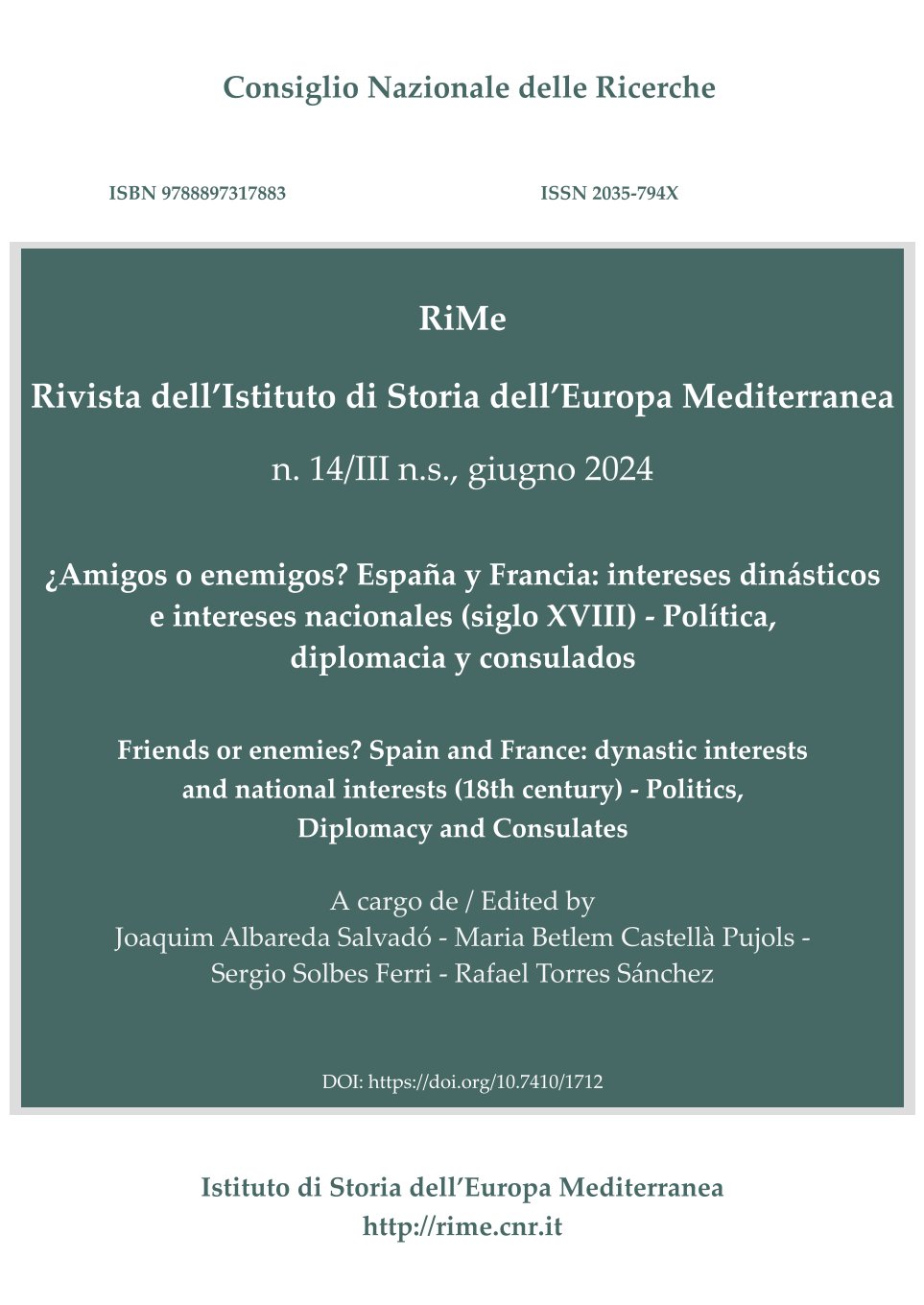La princesa de los Ursinos: conflicto de lealtades, ambiciones personales y agencia política durante la Unión de Coronas (1701-1709)
The princess of the Ursinos: conflict of loyalties, personal ambitions and political agency during the Union of Crowns (1701-1709)
Abstract
Queen Marie-Louise of Savoy’s first lady-in-waiting, the French born Princess of Ursins has been considered one of the most influential women in the early decades of the 18th century. This article aims to analyse to what extent the tensions within the "Union des Couronnes" fostered her political agency. On the other hand, we will focus our attention on the conflict that the disagreement between the France and the Spanish Monarchy during the final stages of the War of Succession caused in the Princess, whose loyalty gradually shifted from Louis XIV to the King of Spain and his wife.
Camarera mayor de la reina María Luisa de Saboya, la princesa de los Ursinos, ha sido considerada una de las mujeres más influyentes de las primeras décadas del siglo XVIII. Este artículo pretende analizar, por un lado, hasta qué punto las tensiones existentes en el seno de la “Unión de Coronas” favorecieron la agencia política de la princesa. Por otro lado, focalizaremos nuestra atención en el conflicto de lealtades que la disparidad objetivos de las Monarquías francesa y española en las últimas fases de la Guerra de Sucesión generó en la princesa, cuya fidelidad viró paulatinamente de Luis XIV, de quien era súbdita por nacimiento, a Felipe V, a cuya esposa servía y de la que era su principal confidente.

This work is licensed under a Creative Commons Attribution-NonCommercial 4.0 International License.
Authors who publish with this Journal agree to the following terms:
Authors retain copyright and grant the Journal right of first publication with the work simultaneously licensed under a Creative Commons Attribution-NonCommercial 4.0 International License.
This Journal permits and encourages authors to post items submitted to the Journal on personal websites or institutional repositories both prior to and after publication, while providing bibliographic details that credit, if applicable, its publication in this Journal.

















